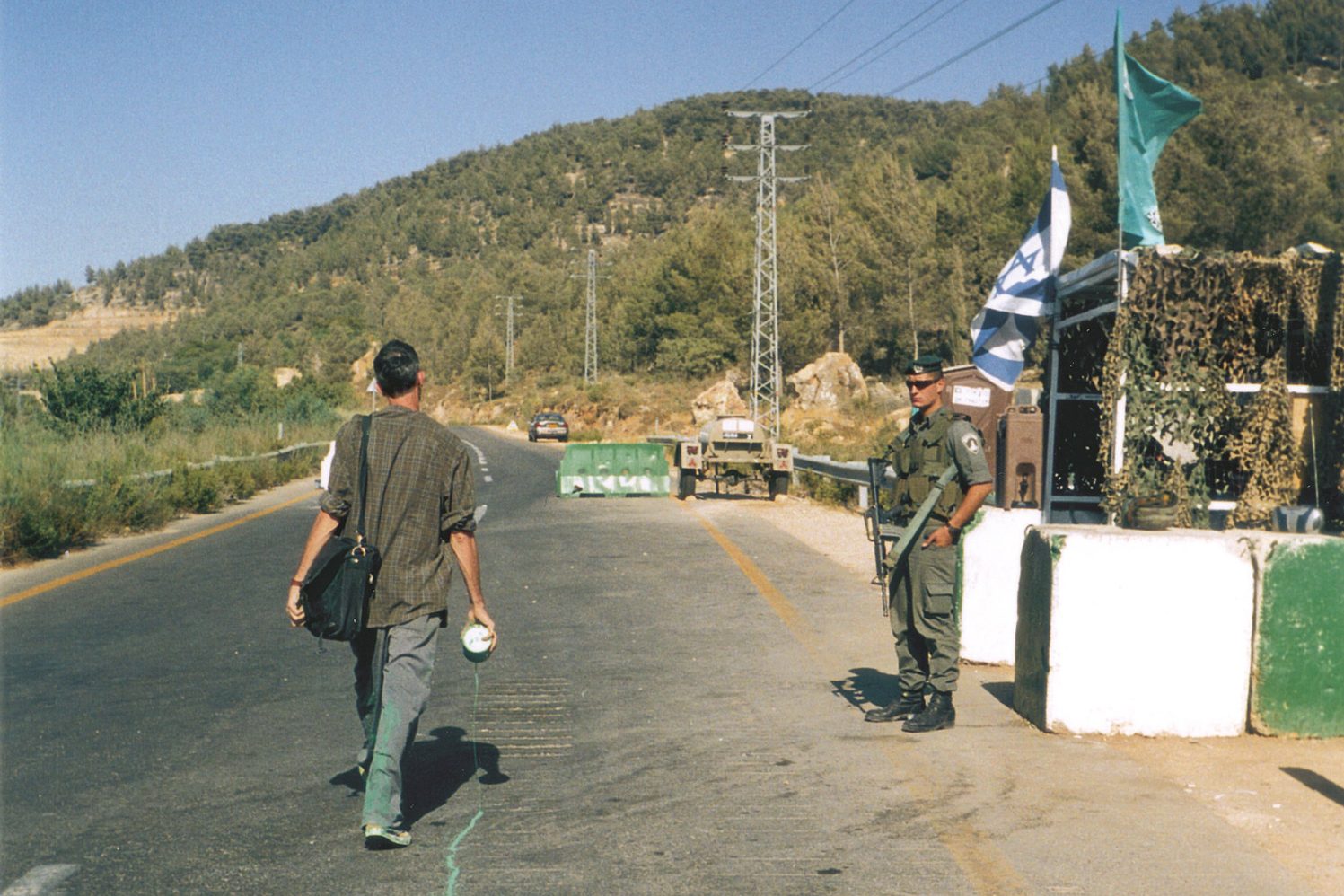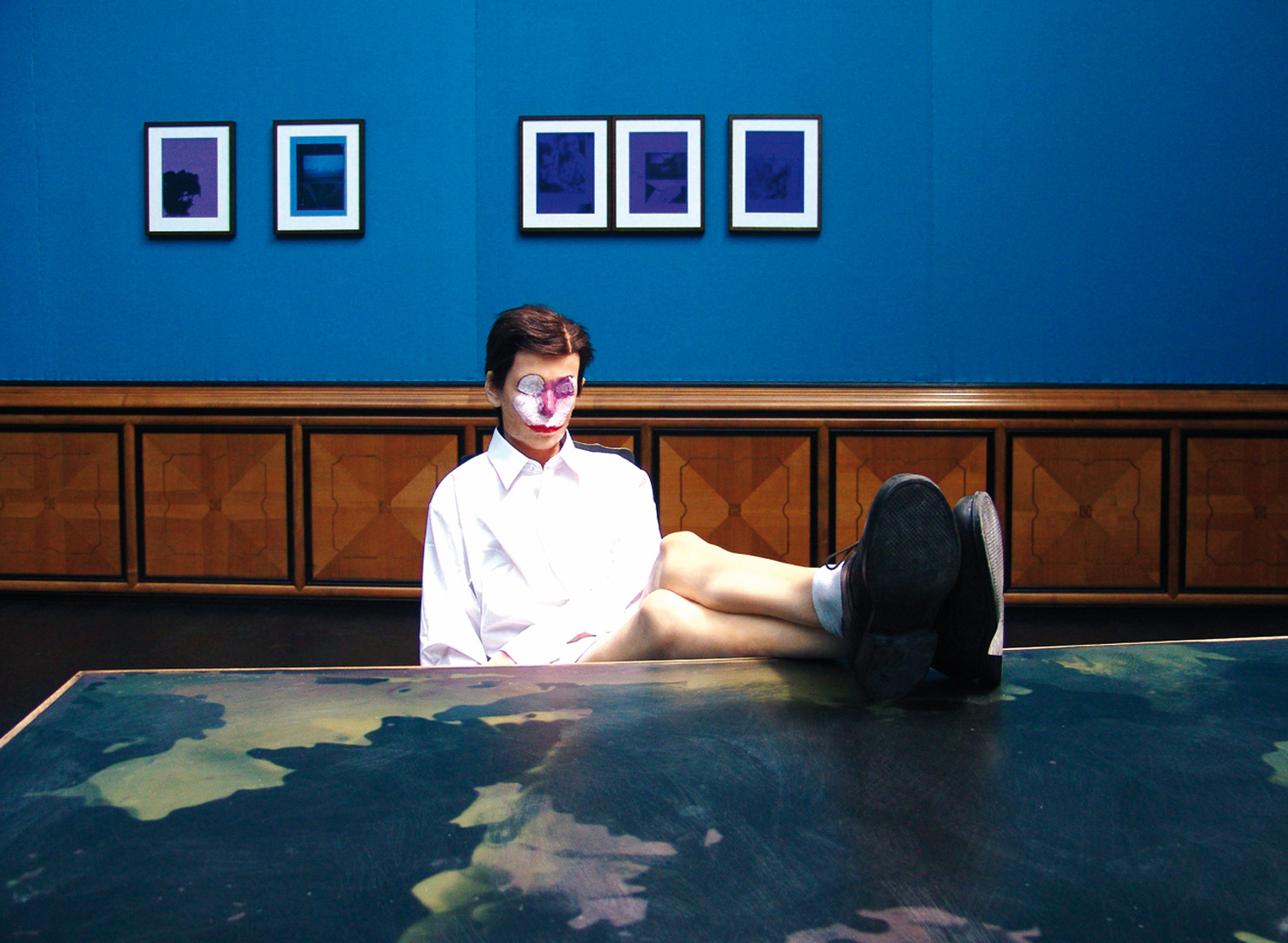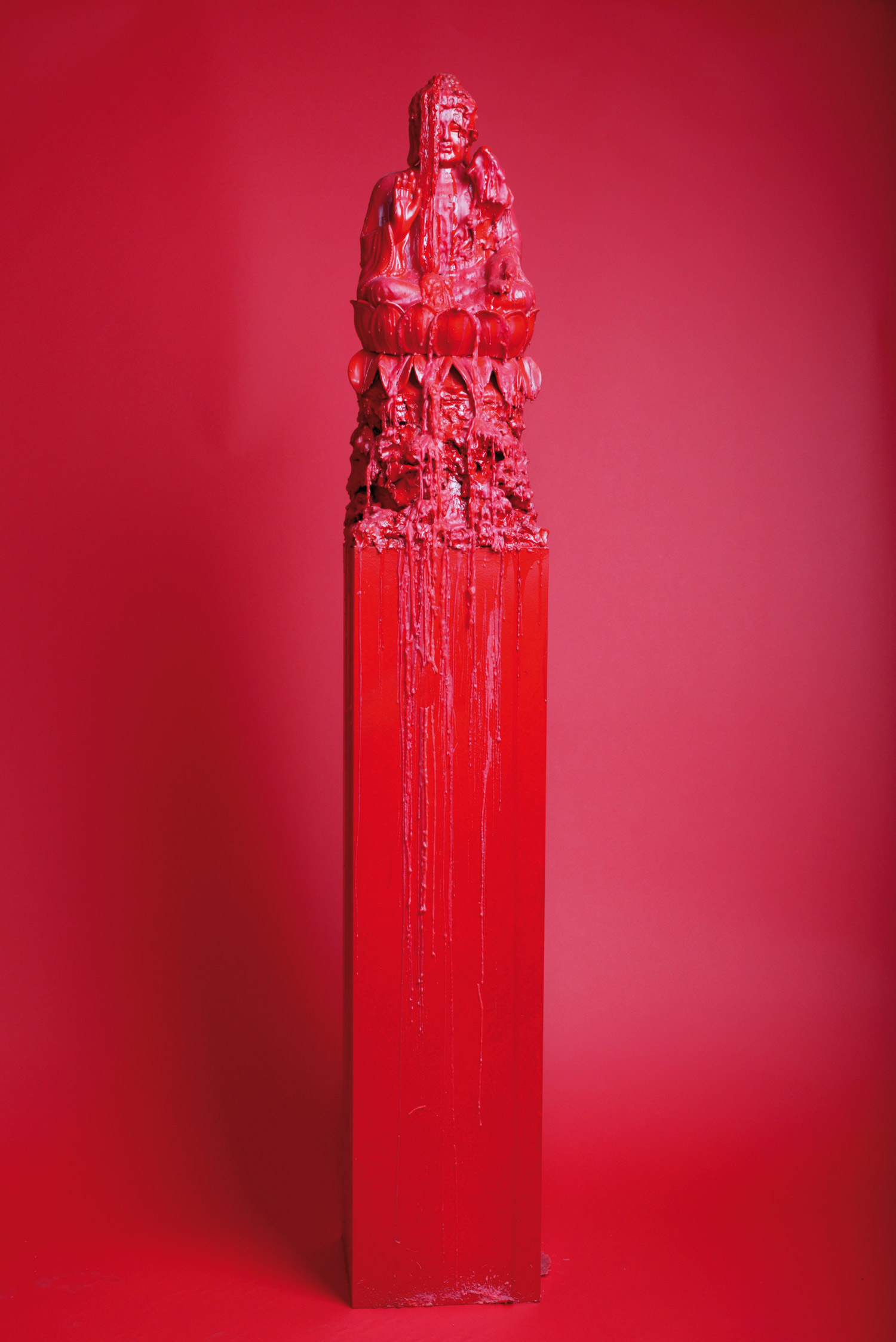Originally published in Flash Art Intenational no. 254, May – June 2007.

It’s always strange to see the work of Francis Alÿs in a commercial art gallery setting, since the act of buying or selling his work is to totally miss the point. The action is everything. The objects on display: left- over props and documents elevated to art market products.
Sometimes Doing Something Poetic Can Become Political, and Sometimes Doing Something Political Can Become Poetic is an extension of Alÿs’s previous projects called “Paseos” (Spanish for “walks”), where the artist carries out certain acts while walking through a predetermined location. Mirroring a similar project carried out in São Paulo, in which the artist’s path is marked by a trail of paint, Alÿs’s current work traces his course across Jerusalem.
Armed with a small inconspicuous leaking can of green paint, Alÿs slowly draws his line across the city. With each step, a continuous stream of paint seeps out of a small hole at the base of the paint can as Alÿs traverses Jerusalem’s city streets, mili- tary checkpoints, backyards and undevel- oped land. The entire 15-mile walk is recorded on video and throughout the recording almost no attention is paid to the European male artist by the civilian and mili- tary bystanders. The video itself is tedious, and Alÿs’s actions go unnoticed because the aim of his project is hidden from a grounded human perspective. But from an aerial view- point Alÿs’s line exactly marks the territorial boundaries between Israel and Palestine according to the 1949 Armistice Lines (also known as the Green Line that partitioned Jerusalem into the East and West cities).
Although the title of the work suggests a detached political viewpoint, there is no doubt about the political implications inherent in his actions — especially in such a conflicted part of the world that is constantly under the eye of the international media. By highlighting the political history of the land, taking the viewer on a historical journey of what Israel used to be before the Six-Day War in 1967 when a Palestinian and Israeli Jerusalem existed, Alÿs incites ideas and dialogue that questions the very nature of the land designated as Israel and Palestine.
Alÿs’s work reminds us of the power in a simple gesture, yet the real revolutionary act remains with the indigenous people of the land. Both Israelis and Palestinians are unconsciously and freely crossing this imagi- nary border that remains connected to an antiquated ideology that simply doesn’t make sense anymore. On the street, life reigns. Lines are constantly drawn, crossed and erased, and only those obsessed with main- taining an archaic idea of power, dominion and separation seek to build these lines out of stone. Just as Alÿs’s line is doomed to disap- pear, the illusive boundaries that divide coun- tries and people are destined to fade away as life takes over. Lines, like everything else in this world, don’t last forever.




